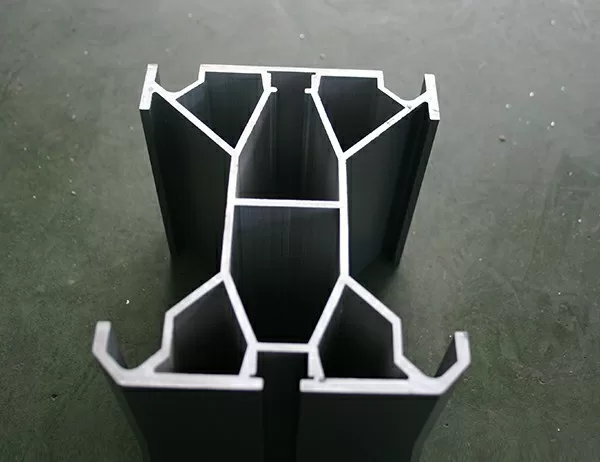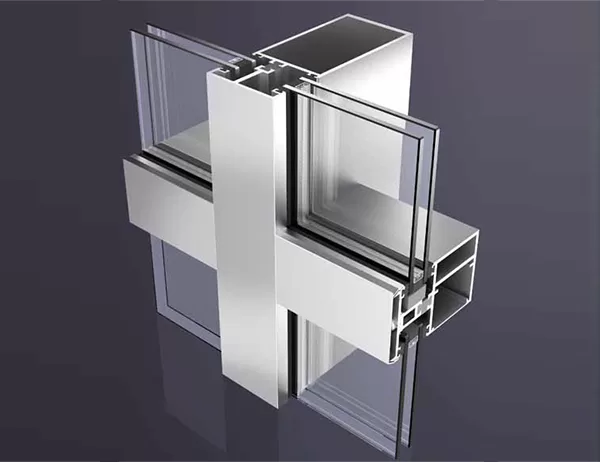Industrial aluminum profiles offer a versatile and cost-effective solution for various applications across industries. Maximizing their efficiency requires a well-trained team equipped with the necessary knowledge and skills. This article explores comprehensive training strategies to empower your team for optimized use of industrial aluminum profiles.
Cost savings: Proper handling and installation techniques minimize material wastage and reduce labor costs.
Improved product quality: Skilled technicians ensure precise fabrication and assembly, leading to durable and aesthetically pleasing end products.
Enhanced safety: Trained personnel understand safety protocols and use proper handling equipment, minimizing workplace accidents.
Increased productivity: Streamlined processes and efficient use of resources accelerate production and meet customer demands promptly.
Material Properties and Characteristics
Familiarize the team with the physical and chemical properties of aluminum alloys used in industrial profiles.
Discuss the impact of different alloys on strength, corrosion resistance, and formability.
Profile Types and Applications
Cover the wide variety of industrial aluminum profile types, including T-slot, C-channel, and extrusions.
Explain the specific applications and advantages of each profile type to guide material selection.
Handling and Storage Practices
Instruct the team on proper handling techniques to avoid damage and maximize profile longevity.
Outline storage guidelines to preserve material integrity and prevent corrosion.
Fabrication and Assembly Techniques
Explain the fundamentals of cutting, welding, and machining industrial aluminum profiles.
Provide hands-on demonstrations and practice sessions to develop proficiency in profile fabrication.
Discuss assembly best practices for robust and reliable connections.
Maintenance and Inspection
Train the team on regular maintenance schedules to preserve profile integrity and prevent premature failure.
Cover inspection procedures to identify any damage, wear, or corrosion that may require repair or replacement.
Classroom Training
Conduct interactive classroom sessions to convey theoretical knowledge and demonstrate best practices.
Use visual aids, case studies, and examples to enhance comprehension and applicability.
On-the-Job Training
Provide supervised hands-on training during actual projects to reinforce classroom learning and develop practical skills.
Assign mentors to guide new team members and provide ongoing support.
Assessment and Evaluation
Regularly assess employee understanding through written and practical tests.
Monitor performance on projects to identify areas for improvement and provide targeted training.
Implement a continuous improvement program to refine training content and ensure ongoing effectiveness.
Training your team for efficient use of industrial aluminum profiles is crucial for optimizing material usage, enhancing product quality, increasing productivity, and ensuring workplace safety. By implementing comprehensive training strategies that cover material properties, fabrication techniques, assembly practices, and maintenance procedures, you can equip your team with the knowledge and skills to maximize the benefits of industrial aluminum profiles. The investment in training will yield significant returns in terms of cost savings, improved product quality, and the development of a highly skilled and efficient workforce.




